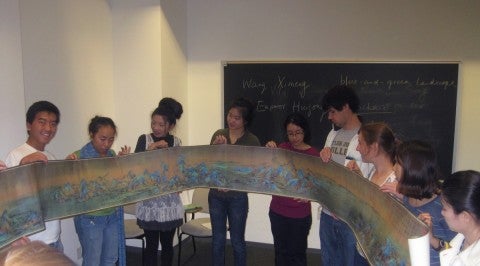Join Houston Seminar as they explore the architecture, social atmosphere, and culture of coffeehouses from a cross-cultural perspective. This two-part course traces the rise and dissemination of coffee in the period between 1500 and 1800 CE. Attendees will explore the architecture, social atmosphere, and culture of coffeehouses from a cross-cultural perspective. Coffee, a plant native to the highlands of Ethiopia, was first consumed as a hot beverage in Yemen during the fourteenth or fifteenth century. In the sixteenth century, the new drink spread beyond the Arabian Peninsula.
Coffeehouses then proliferated in the eastern Mediterranean region, Ottoman Turkey, and Safavid Iran. In the second half of the seventeenth century, coffee and coffeehouses were introduced to Europe.
In the first course on September 14th, Rice’s Dr. Farshid Emami, Assistant Professor of Art History, will take viewers to the Ottoman and Safavid lands, focusing on the cities of Aleppo, Istanbul, and Isfahan. Next week on September 21st, Dr. Emami will discuss the early European coffeehouses of Venice, Paris, and London.
To register for one or both lectures, or for more information, please visit houstonseminar.org. Both lectures will take place virtually from 6:00pm CST - 7:30pm CST.
Farshid Emami is a historian of Islamic art and architecture with a focus on the early modern period and particularly Safavid Iran. Trained as an architect and urban designer, he completed his Ph.D. in History of Art and Architecture at Harvard University.


